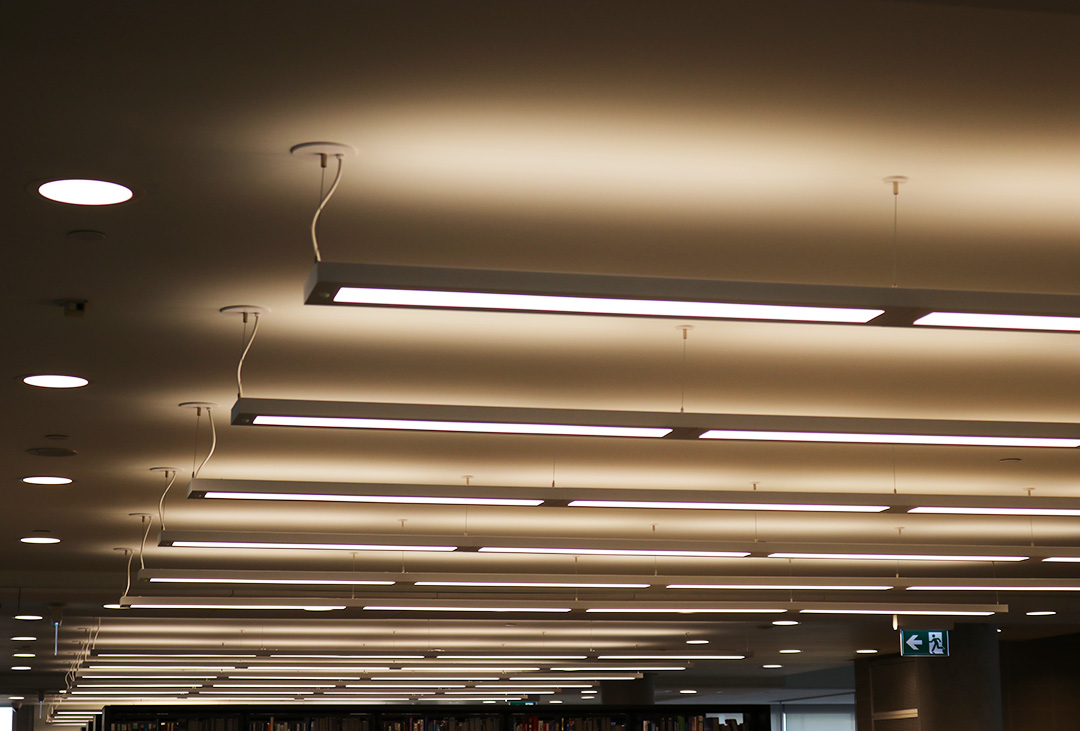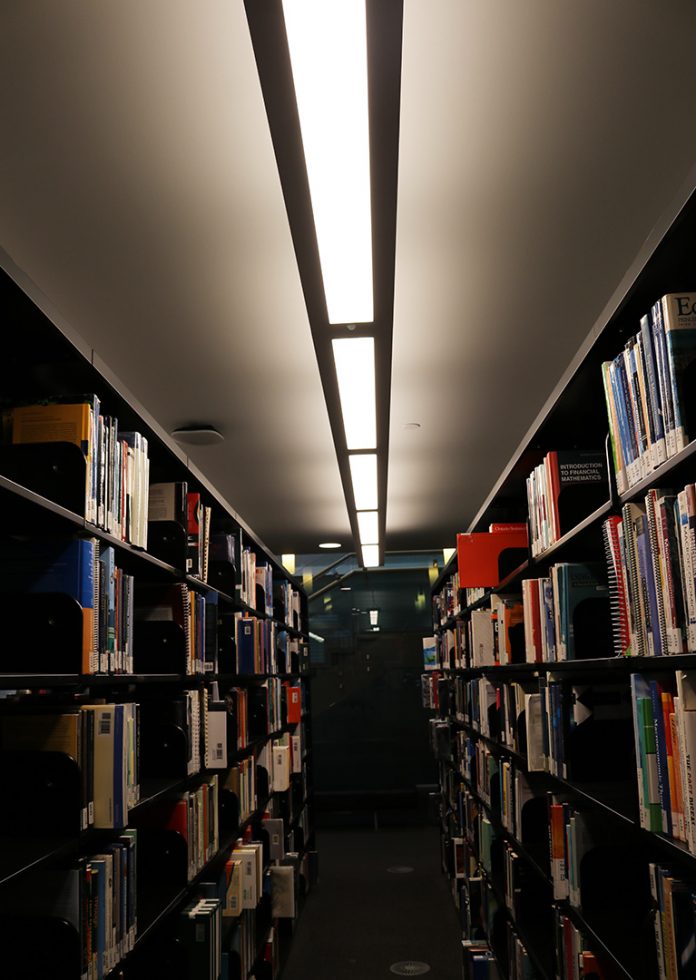Long after classes have ended, the hum of fluorescent lights continues to fill the Durham College campus in Oshawa, signaling a significant, yet often overlooked, energy drain.
At a time of heightened environmental awareness, this excessive electricity use has become a widespread issue across the college’s facilities, including at the student residences.
In an effort to confront this challenge head-on, the college has embarked on strategies to reduce the high consumption of electricity.
Joe Major, the college’s associate vice president of facilities and ancillary services, says the college continually seeks to reduce electricity “consumption through more energy-efficient” as it grows and expands.
He highlighted the challenges that come with the college’s expansion. “We are also adding load to our infrastructure, which makes net consumption figures complex to determine,” he said.
According to Major, the college utilizes advanced sub-metering technologies to monitor electricity usage across its facilities and departments.
“We’re constantly looking for areas where we’re seeing increased usage and working with those areas to modernize equipment or implement more energy-efficient solutions,” Major said.

A key component of the college’s strategy is the installation of motion sensors and energy-efficient lighting systems. He says this is to ensure that they do not “heat or cool spaces that aren’t in use.” He said, “We have also modernized many of our lighting systems to link lighting to physical occupancy.”
Despite these measures, some challenges persist at the student level. Durham College student Alyssa Cole says students do not pay attention to the amount of electricity they use. She says that in some cases, they frequently leave lights on and electronic devices plugged in when not in use. “We rarely consider the environmental impact of our actions,” Cole said.
Karenna Klauck, another student, says that by reducing electricity consumption on campus, students can make a difference by working together to address the issue. She says that by being conscious of their electricity usage, students “can contribute to a more sustainable environment.”
Looking to the future, Major outlines the college’s ambitions to minimize its reliance on fossil fuels by adopting electrification for heating systems. Despite facing financial constraints and network capacity challenges, Major says the commitment to sustainability remains strong within the college community.
“We are charting a course to become as sustainable as possible,” he said, highlighting the goal to transition to more sustainable energy sources.




